How to Keep Vegetables and Fruits Fresh: A Comprehensive Guide
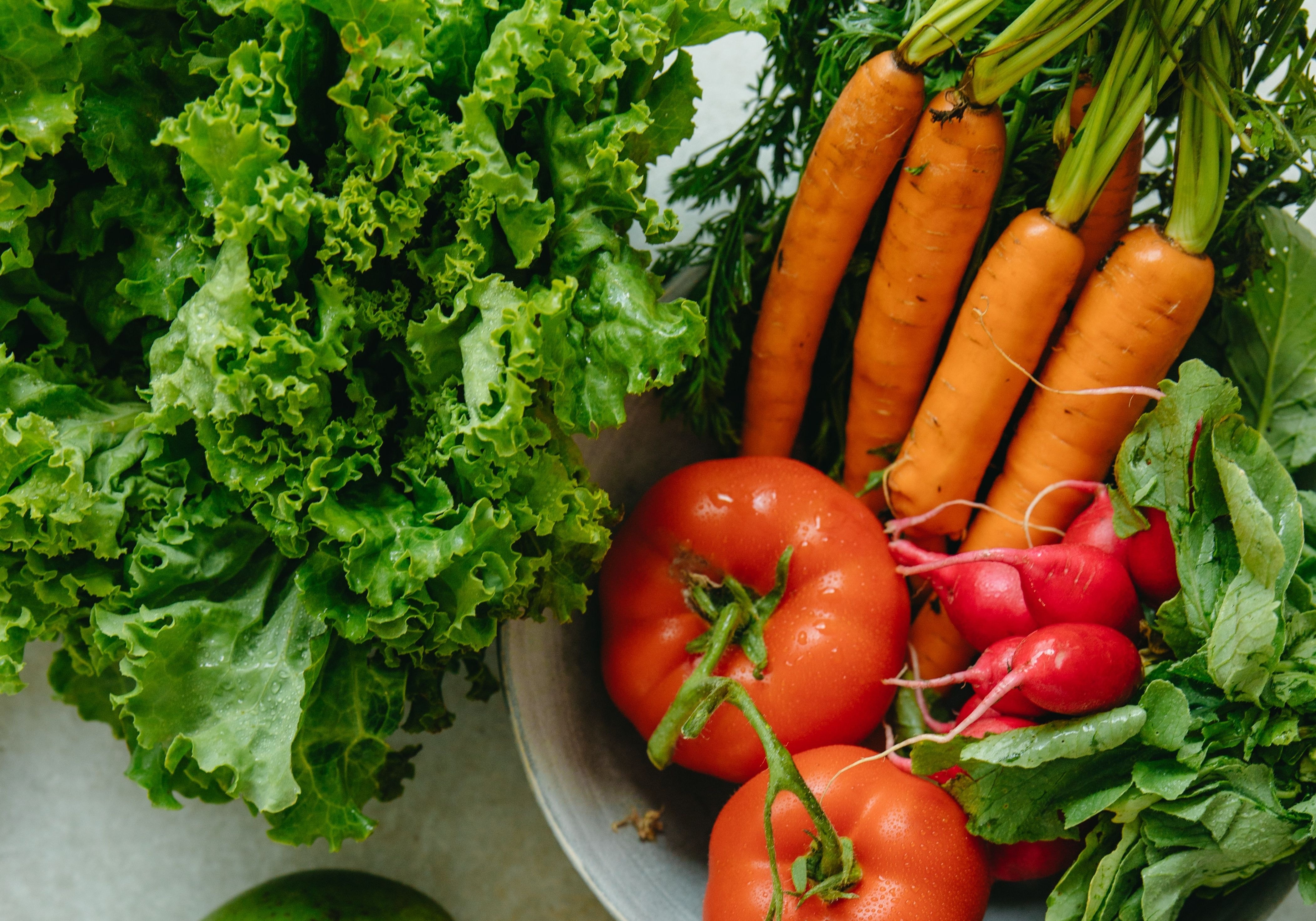
In today's health-conscious world, the importance of consuming fresh vegetables and fruits cannot be overstated. These nutrient-packed foods provide essential vitamins, minerals, and fiber that contribute to overall well-being. However, keeping these natural goodies fresh can sometimes be a challenge, given their perishable nature. In this article, we'll explore a variety of techniques and tips to help you extend the shelf life of your vegetables and fruits, ensuring that you get the most out of their nutritional value.
Understanding the Factors Behind Freshness
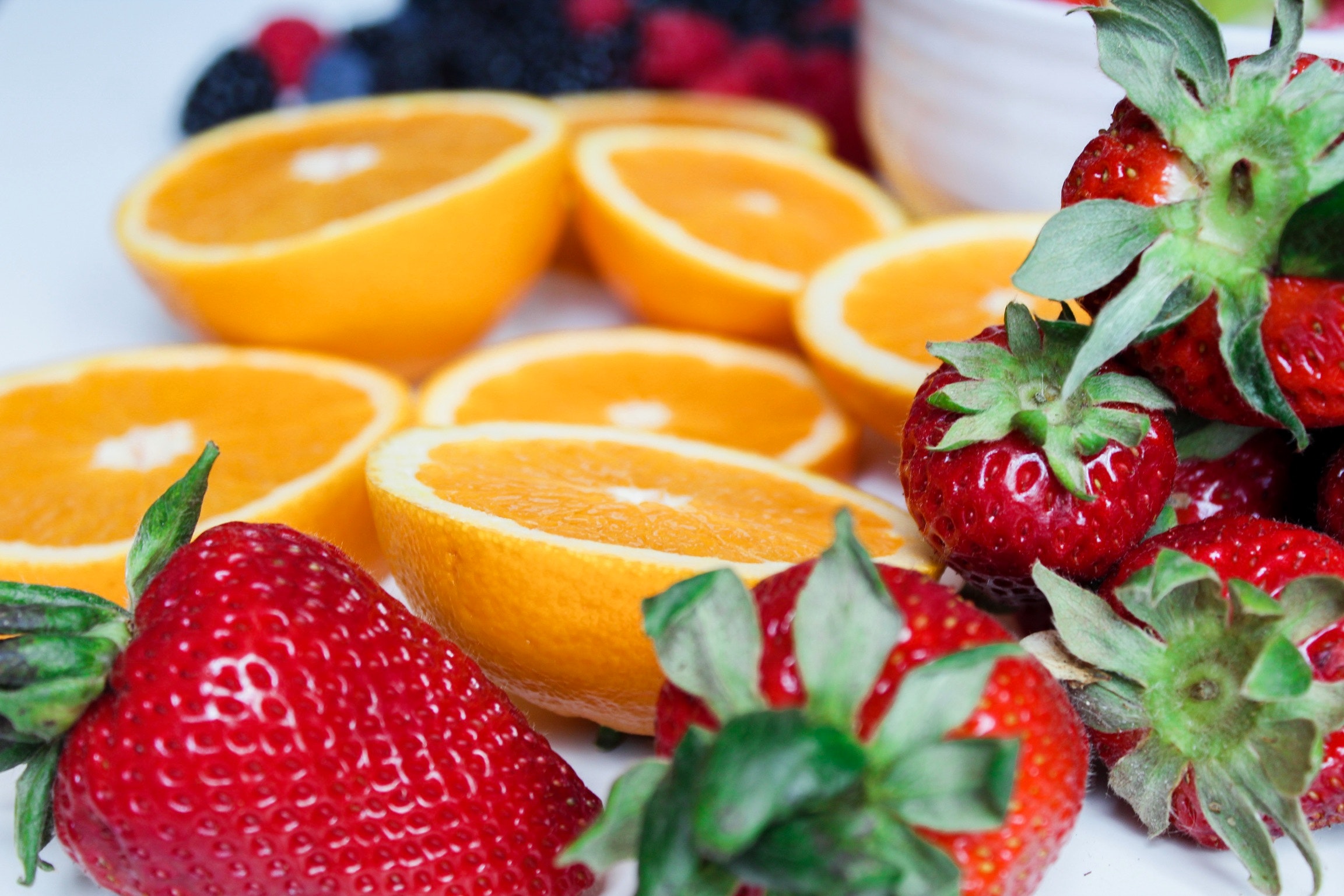
Before delving into preservation methods, it's crucial to understand the factors that contribute to the freshness of vegetables and fruits. These factors include temperature, humidity, ethylene production, and proper handling. By addressing these aspects, you can significantly enhance the longevity of your produce.
1. Storage Temperature Matters
Different vegetables and fruits have specific temperature requirements for optimal freshness. Generally, a cool environment with temperatures ranging from 32°F to 55°F (0°C to 13°C) is ideal. Refrigerators are excellent for storing most produce, but some items like bananas, tomatoes, and avocados are best kept at room temperature to prevent chilling injuries.
The refrigerator's crisper drawer is designed to maintain higher humidity levels, making it suitable for storing items like leafy greens, cucumbers, and bell peppers. On the other hand, items that require lower humidity, such as berries and peaches, should be stored in separate areas or containers within the fridge.
2. Humidity Control
Maintaining the right humidity level is crucial to prevent wilting or excessive moisture buildup. High humidity helps retain moisture in vegetables, while low humidity prevents mold growth in fruits. Most refrigerators have humidity controls—adjust them according to the produce you're storing. If your refrigerator doesn't have humidity controls, consider using produce storage containers with built-in humidity control vents.
Leafy greens, which are prone to wilting, benefit from slightly higher humidity levels. Place them in a breathable bag or container with a damp paper towel to maintain their crispness. For fruits like grapes and berries, ensure that excess moisture is removed before storage to prevent mold growth.
3. Ethylene Management
Ethylene is a natural gas that accelerates the ripening process in fruits and vegetables. Some fruits, like apples and tomatoes, emit ethylene, which can negatively impact nearby ethylene-sensitive produce such as leafy greens and berries. To manage ethylene, store ethylene-producing and ethylene-sensitive items separately.
Consider using designated storage drawers or containers for ethylene-producing fruits, like apples, bananas, and tomatoes. On the other hand, ethylene-sensitive vegetables, such as lettuce, broccoli, and strawberries, should be stored away from the ethylene-emitting fruits to prevent premature spoilage.
Preservation Techniques
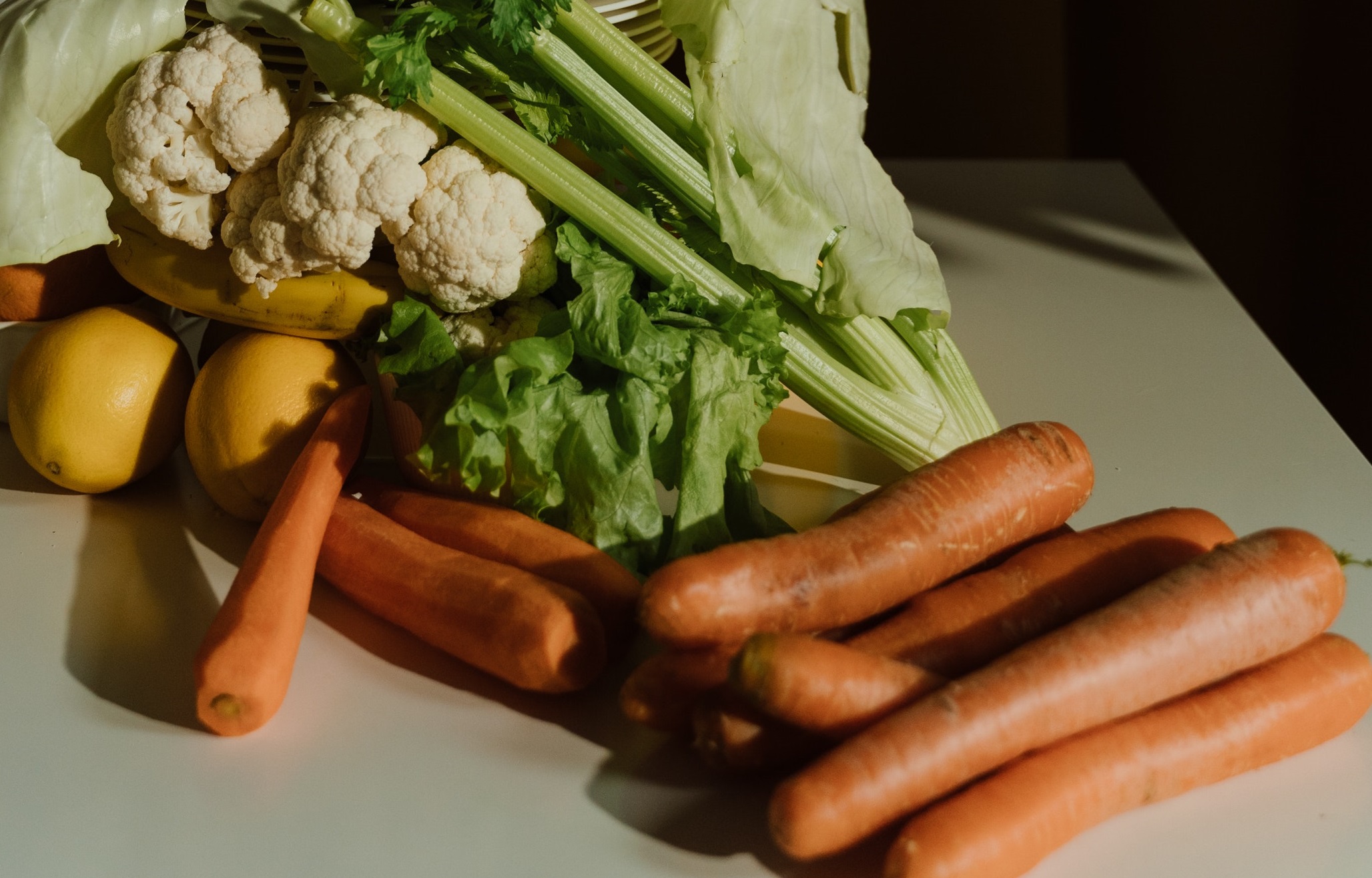
Now that we've covered the foundational factors, let's explore various techniques to keep your vegetables and fruits fresh for longer.
1. Proper Packaging
Using the right packaging can make a significant difference in the longevity of your produce. For leafy greens, herbs, and berries, consider breathable bags or containers that allow for air circulation. These breathable materials prevent excess moisture buildup while still maintaining a slightly humid environment.
For items like carrots and celery, which benefit from higher humidity levels, opt for airtight bags or containers. Place a damp paper towel in the container to keep the produce hydrated without causing mold growth. When storing cut fruits or vegetables, use airtight containers to minimize exposure to air and prevent oxidation. Squeezing out excess air from storage bags before sealing them also helps to maintain freshness.
2. Freeze for Longevity
Freezing is an excellent preservation method for fruits and vegetables that might otherwise go to waste. Blanching vegetables before freezing helps maintain their color, texture, and nutrients. To blanch, briefly boil the vegetables and then immediately immerse them in ice water to stop the cooking process. This step helps to deactivate enzymes that can cause deterioration.
For fruits, wash, peel, and slice them before freezing. Berries can be spread out on a baking sheet and frozen individually before transferring to a freezer bag. Remember to use airtight freezer bags to prevent freezer burn, which can affect the taste and quality of frozen produce.
3. Canning and Pickling
Canning and pickling are classic methods of preserving produce. By canning vegetables and fruits in jars with proper sealing, you create airtight conditions that inhibit microbial growth. This method involves heating the jars to kill bacteria and other microorganisms, preventing spoilage. Pickling involves immersing produce in a vinegar solution along with various spices, herbs, and sometimes sugar. The acidity of the vinegar helps preserve the produce and imparts unique flavors. Pickled vegetables, such as cucumbers, carrots, and onions, can be a delicious and tangy addition to your meals.
4. Dehydration
Dehydrating vegetables and fruits removes their moisture content, effectively preventing spoilage. You can use a dehydrator or an oven set to low temperatures. Dried produce takes up less space and retains many nutrients, making it a convenient option for long-term storage and snacking.
To dehydrate, slice the produce into uniform pieces and arrange them on the dehydrator trays or baking sheets. Check the produce periodically and remove pieces that are fully dried. Once dried, store them in airtight containers in a cool, dry place.
5. Root Cellars and Cool Storage
For those fortunate enough to have access to a root cellar or cool storage area, these spaces offer an ideal environment for preserving produce. Root cellars maintain a cool, humid atmosphere that helps prevent wilting and extends shelf life. Be sure to monitor temperature and humidity levels regularly to ensure optimal conditions.
Daily Practices to Maintain Freshness
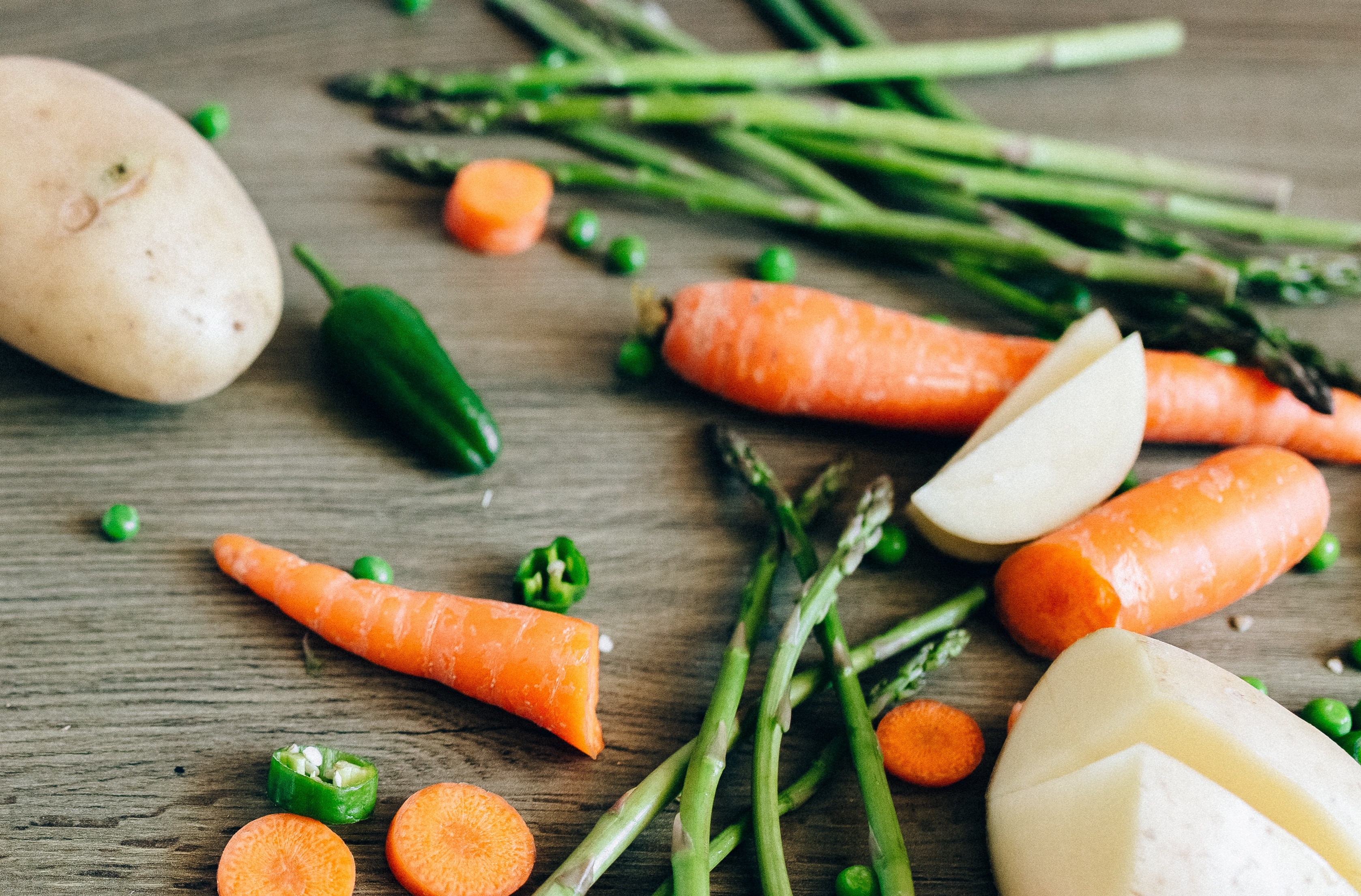
Beyond preservation techniques, adopting some daily practices can also contribute to keeping your vegetables and fruits fresh.
1. First In, First Out (FIFO)
When restocking your refrigerator or pantry, practice the "first in, first out" principle. Use the older produce before the newer items to ensure nothing goes to waste. This practice reduces the chances of forgetting about items that may be nearing their expiration date.
2. Regular Cleaning and Inspection
Regularly clean out your refrigerator and storage areas to remove any spoiled or overripe produce. A thorough cleaning prevents the spread of mold and bacteria, ensuring a healthier environment for your fresh goods. Inspect your produce regularly for any signs of spoilage, such as mold, unusual odors, or changes in texture.
3. Avoid Excess Washing
Washing produce before storage can lead to premature spoilage. Moisture encourages bacterial growth, so it's best to wash fruits and vegetables just before consumption. If you must wash produce before storing it, make sure it is completely dry before placing it in the refrigerator. Use a paper towel or clean cloth to pat them dry gently.
Bonus Tips!
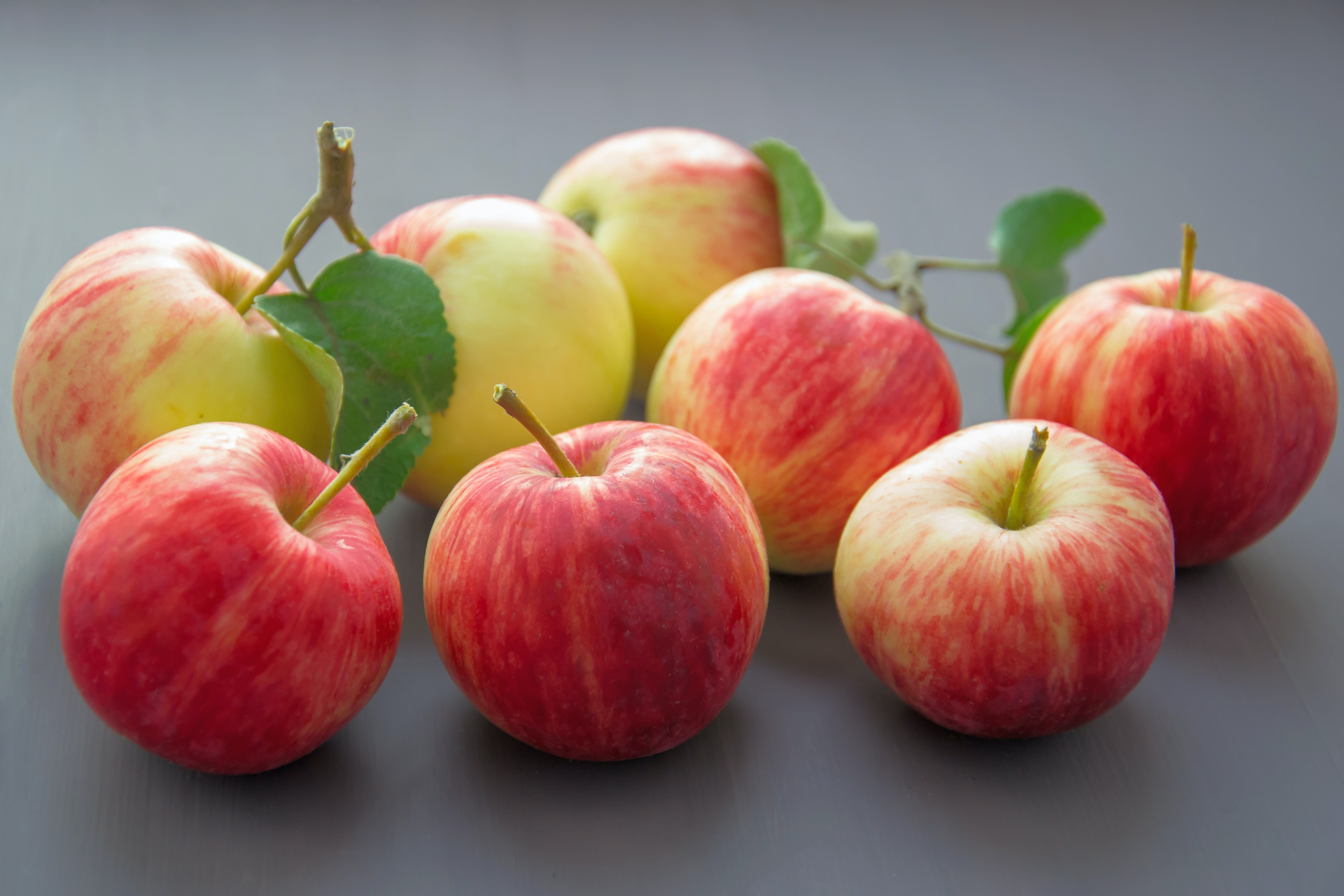
Extend the shelf life of perishables by freezing items you won't consume immediately. This practical method not only preserves nutrients but also enables year-round enjoyment of your favorite fruits and vegetables, provided you have ample freezer space.
When it comes to mushrooms, contrary to the misconception that they should stay dry, it's acceptable for them to get wet. However, when storing them in the fridge, opt for a paper bag instead of plastic to prevent shrinkage due to their high water content.
Tomatoes have a unique storage requirement; placing them in the fridge can result in a grainy texture. For optimal ripening and freshness, store them on a shelf away from direct sunlight.
Unlike certain vegetables that should be kept separate from apples and pears, winter squash should be stored away from bananas. A cool storage space can maintain their quality for an impressive 3 to 6 months.
Prioritize selecting high-quality produce during purchase, as proper storage won't salvage a bad item. Remember, a bad apple remains undesirable, regardless of where it's kept.
Before the advent of refrigerators, our ancestors relied on fermentation to extend the shelf life of food. Fermenting not only preserves food but also ensures a personal food supply during challenging times.
Click here to discover 126 superfoods that you can store without refrigeration for years (a.k.a. The US Army’s forgotten food miracle).
Keeping vegetables and fruits fresh is both an art and a science. By understanding the factors that influence freshness and employing appropriate preservation techniques, you can make the most of your produce and minimize waste. Whether you're freezing, canning, or simply storing in the right conditions, these efforts contribute to a healthier diet and a more sustainable approach to food consumption. Remember, a little knowledge and effort can go a long way in maximizing the nutritional benefits of these natural treasures. With the tips and techniques outlined in this article, you'll be well-equipped to enjoy fresh, delicious produce for an extended period, promoting both your health and the environment's well-being.




Submit your email and confirm subscription to receive the download link, along with more e-books and helpful tips.
Don't worry, you can unsubscribe at any time
We Value Your Privacy And Your Information Is Never Shared
This site is not a part of the Facebook website or Facebook Inc. Additionally, this site is NOT endorsed by Facebook in any way. FACEBOOK is a trademark of FACEBOOK, Inc.
